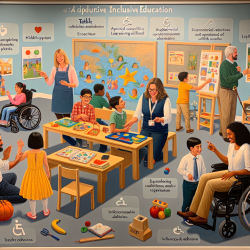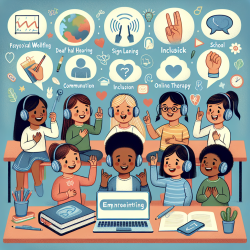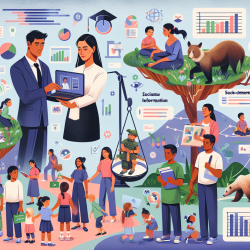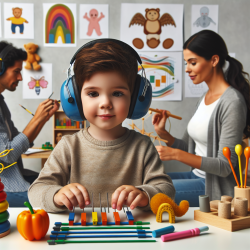Understanding special education can be a daunting task for parents and educators alike. Fortunately, the Illinois State Board of Education (ISBE) has provided a comprehensive guide titled "Educational Rights and Responsibilities: Understanding Special Education in Illinois" to help navigate the complexities of special education laws and procedures.
This guide is an invaluable resource for anyone involved in the education of children with disabilities, including parents, teachers, and administrators. It covers a wide range of topics, from identification and evaluation to transition planning and conflict resolution. Here's a breakdown of some key insights from the guide:
1. Child Find
Child Find is a critical process that ensures all children who may need special education services are identified, located, and evaluated. This includes children from birth through age 21. Each school district is responsible for actively locating and evaluating all children within its boundaries who may qualify for special education services. This process includes annual screenings, ongoing reviews, and coordination with early intervention programs and nonpublic schools.
2. Multi-Tiered System of Supports (MTSS)
MTSS is a framework that schools use to ensure all students receive the support they need to succeed. It involves a three-tiered model of school supports, a problem-solving method for decision-making, and the use of data to inform interventions. MTSS helps identify students in need of additional academic, social/emotional, or behavioral support, and provides interventions to help them succeed within the general education environment.
3. Individualized Education Programs (IEPs)
An IEP is a written statement of the educational program designed to meet the unique needs of a child with a disability. The IEP team, which includes parents, teachers, and other relevant personnel, develops this plan. The IEP outlines the child's current performance, annual goals, special education and related services, participation in general education, and any necessary accommodations or modifications. It's essential for parents to be active participants in the IEP process to ensure their child's needs are met.
4. Transition Planning
Transition planning is crucial for preparing students with disabilities for life after high school. This process begins at age 14½ and continues until the student graduates or reaches age 22. The transition plan, which is part of the IEP, includes goals and services related to postsecondary education, vocational training, employment, and independent living. Parents and students should actively participate in transition planning to ensure a smooth transition to adulthood.
5. Behavioral Interventions
For students whose behavior disrupts their learning or the learning of others, the IEP team should consider positive behavioral interventions and supports. A Functional Behavioral Assessment (FBA) is conducted to understand the reasons behind the behavior, and a Behavioral Intervention Plan (BIP) is developed to address it. The BIP outlines strategies for teaching appropriate behaviors and making changes to the environment to support the student's needs.
For more information, please follow this link.










